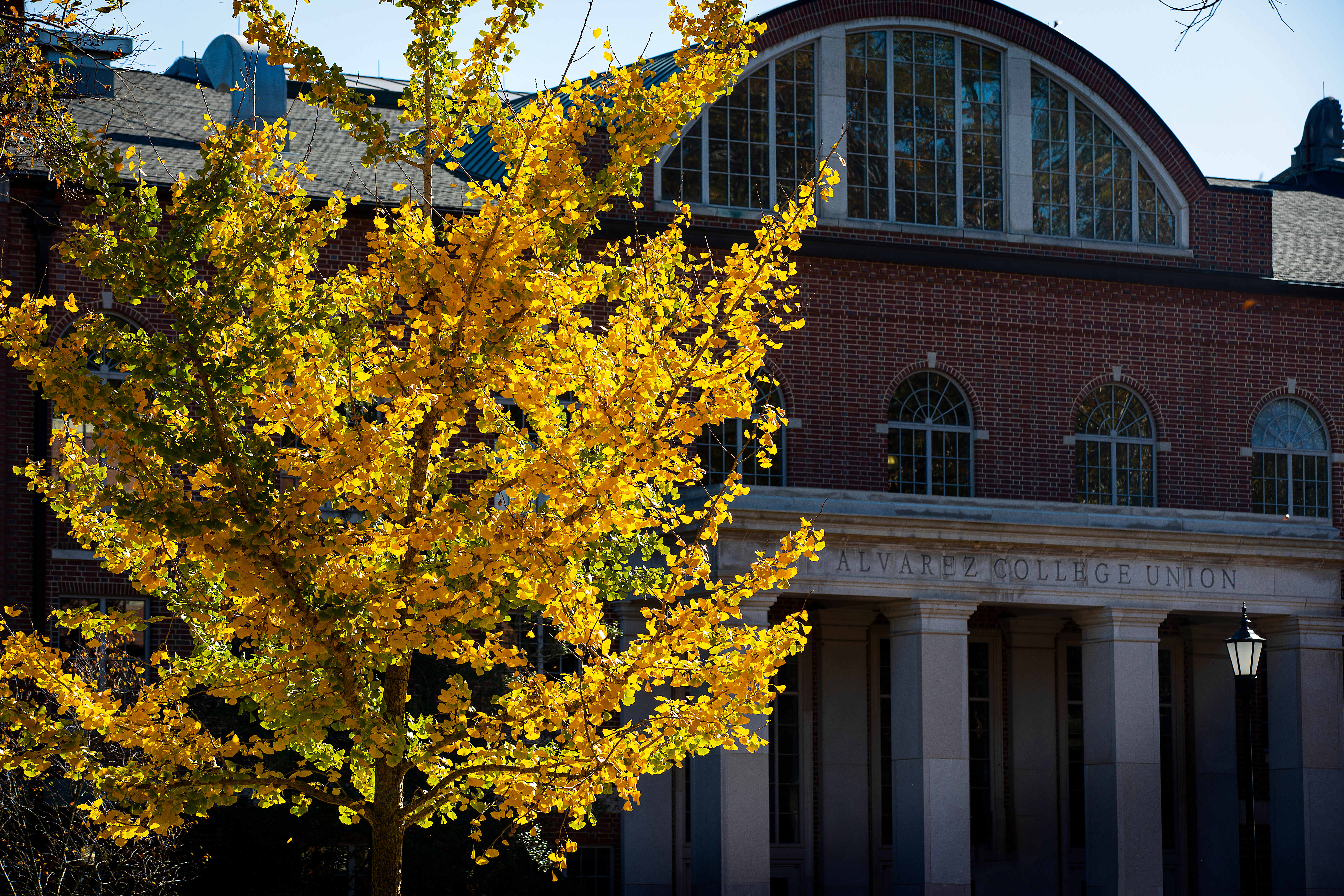‘All the Earth’s sunsets at Once’: Prof. Kristen Thompson on Rare Lunar Trifecta
January 30, 2018
Sunset brought a very rare lunar confluence: a supermoon, blue moon and “blood” moon all on the same night.
We talked with Assistant Professor of Physics Kristen Thompson to understand the ultra-rare celestial shindig. Thompson is Davidson’s astrophysicist and has conducted research across the country. In August of last year, she led the Davidson expedition to Winnsboro, South Carolina, for the Great American Eclipse.
Let’s start with some basic definitions, in descending order of perceived menace. What is a ‘blood moon’?
The term “blood moon” refers to the reddish color the moon takes on during a lunar eclipse – when Earth moves between the sun and the moon.
What produces that red color?
It’s related to the same atmospheric effect that makes sunsets look so colorful. The atmosphere is very good at scattering blue light from the sun – that’s why the sky is blue.
When the sun is low in the sky, the light is passing through the most atmosphere possible, which can give the sky a reddish color. When the moon turns red, it’s because the light from the Sun is passing through Earth’s atmosphere, which is refracted as red light on to the moon. When you get to see a red moon, it’s like seeing all the earth’s sunsets at once.
Will we be able to see the blood moon on campus?
Unfortunately, the eclipse is happening right before sunrise, meaning the Moon will be extremely low in the western sky. To see even a partial eclipse, you will need a clear view of the horizon, which is not easy to get where we are.
Now, if you live farther west in the United States, you stand a much better chance of seeing the blood moon – as long as you’re willing to get up in the middle of the night.
But everyone will be able to see the supermoon, right?
Yes. “Supermoon” means that the moon is full when it is at perigee – or closest to Earth. A supermoon can look up to 14 percent larger and 30 percent brighter – although brightness can be hard to detect.
One interesting note about the moon is that it will look largest near the horizon, but it is actually the same size throughout the night. The “horizon effect” is purely psychological; a function of the brain using items on the horizon to exaggerate the sense of scale.
How rare is the supermoon?
Not terribly rare; it occurs approximately once every 14 months. What’s special about this one is its combination with the lunar eclipse.
And last: tonight also marks a blue moon – which actually has nothing to do with color.
That’s right. A blue moon simply means a second full moon in a calendar month. A blue moon is actually more rare than a supermoon; the last one was in 2015. Even more surprising, we will have a second blue moon in March.
Jay Pfeifer
japfeifer@davidson.edu
704-894-2920



